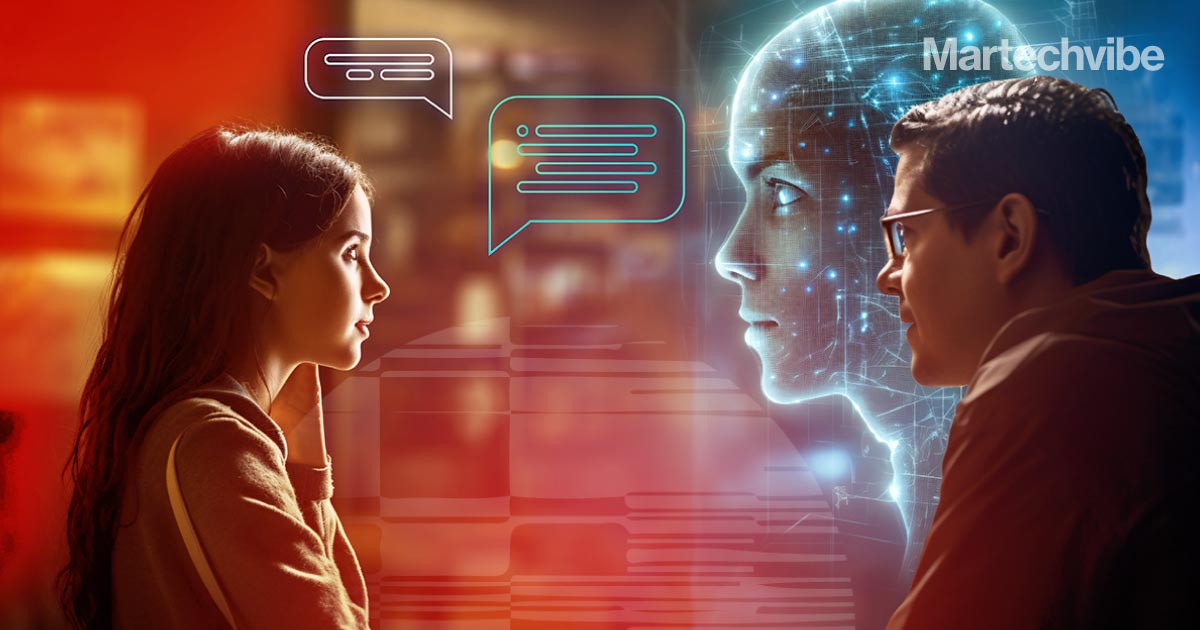A Chat with Gen AI for a Stronger Chatbot
Martechvibe speaks to Rashid Khan, Chief Product Officer and Co-founder of Yellow.ai, about building the ideal conversation design tool to elevate a brand’s customer experience.
Topics
What to Read Next
- Martechvibe Launches the Marquee Awards to Celebrate Breakthrough Digital Campaigns
- Top Marketers 4X More Likely to Use AI, Consolidate Tech
- Roku and iSpot Bring Outcome-Based Optimisation to Streaming
- PMG Expands Influencer Marketing Capabilities with Acquisition of Digital Voices
- PayPal Ads Launches Transaction Graph Insights & Measurement










































































































